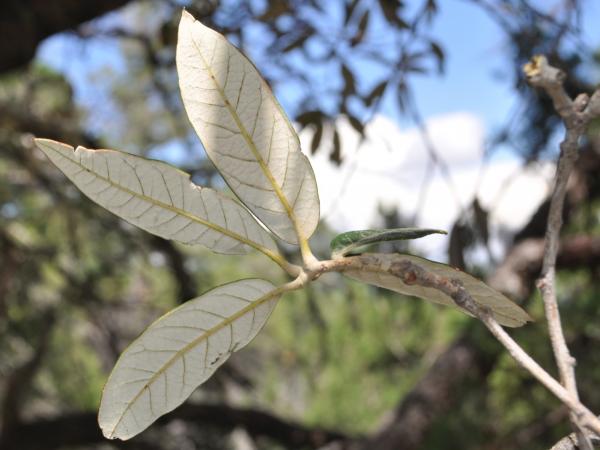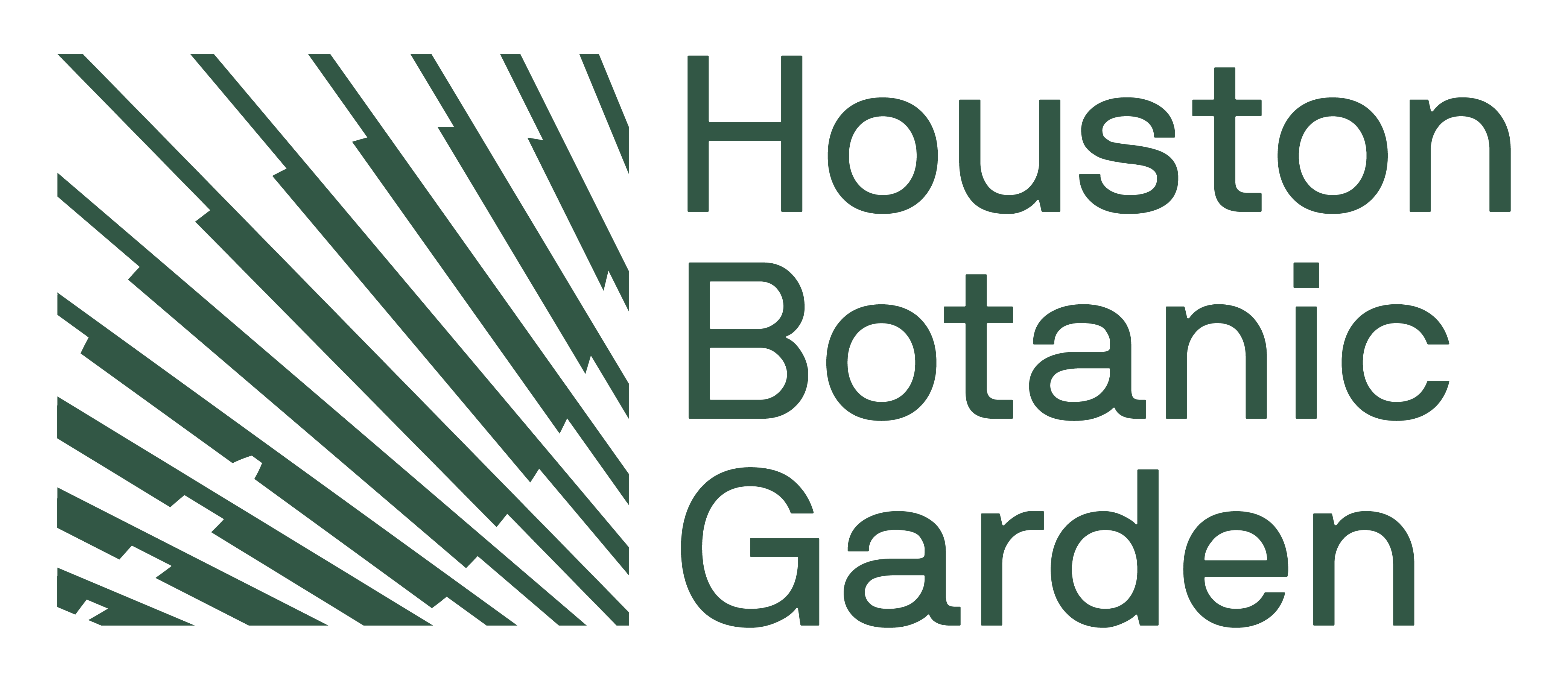Editor's Picks
Plant Focus
Quercus castaneifolia: Two Distinct Forms?
For some time I have been interested in and puzzled by Quercus castaneifolia, because in Mallet Court Nursery I have observed two distinct forms.
One has leaves narrowly ovate or oblong, margined with coarse, triangular teeth, such as can be seen on Q. castaneifolia ‘Green Spire’. I have observed some trees of this type with triangular teeth that are even more exaggerated. Recently in France I saw such an example labeled Q. diversifolia.
The other has leaves which have more rounded lobes, with very small, mucronate teeth, or even no teeth.
I have not examined the type specimen of this species nor have I read the original description by Meyer.
Here is what can be found in some reference works:
Camus in Les Chênes and W.J. Bean in Trees and Shrubs Hardy in the British Isles describe this species as having
 |
| Quercus castaneifolia with triangular teeth, Průhonice Park, Czech Republic © Petr Vobořil |
leaves with coarse, triangular teeth. Menitsky in Oaks of Asia describes the leaves as having 8-12 pairs of short, cuspidate teeth.
Antoine le Hardÿ de Beaulieu and Thierry Lamant in Guide Illustré des Chênes also describe this oak and write: “Bord garni avec 8 à12 grosses dents régulières et très aiguës.” (Margin with 8 to 12 large, regular, and very sharp teeth). They also describe Q. afares (syn. Q. castaneifolia var. incana) growing in Algeria and its leaves have no sharply pointed lobes.
All authors set out the area where this oak grows in nature: northern Iran and eastern Caucasus (Azerbaijan, Georgia, and southeast Russia).
Patrick Vereecke has assisted me with some interesting research. First he reminded me of Q. castaneifolia ‘Zuiderpark’, a Dutch selection of Dick van Hoey Smith’s (see a herbarium sample below). Allen Coombes and
 |
| Herbarium sample of Quercus castaneifolia 'Zuiderpark'. Harold Hillier Herbarium 4863 HILL © Brian Pancott for the Sir Harold Hillier Gardens |
Eike Jablonski wrote in International Oaks No. 17, in 2006:
Quercus castaneifolia C.A. Mey. ‘Zuiderpark’ (van Hoey Smith, 2001) A selection with deeply cut leaves. Leaves to 22 × 8 cm, the teeth to 2 cm long. The splendid specimen at Trompenburg is a spreading tree about 10 × 10 m with glossy dark green leaves grey beneath. It is a graft of the original tree at Zuiderpark. Standard Specimen: Harold Hillier Herbarium (HILL), specimen no. 4863, A.J. Coombes 1022, 21 July 2005. From a propagation of the original, cultivated at Trompenburg Arboretum, Rotterdam (no. BB 60).
Zuiderpark in The Hague was not able to provide information on the origin of this oak. They did say that there is a mention by Albert Doorenbos in the 1956, 1957, and 1958 yearbooks of the Dutch Dendrological Society (NDV) as “Q. castaneifolia hybrid?”
A little while ago the IOS visited Harriet Tupper at her home at Leigh Delamere when she showed us the Q. castaneifolia she had grown from seed collected in Iran. It was the second type,
 |
| Quercus castaneifolia with rounded lobes and mucronate teeth © James Harris |
with leaves with rounded lobes. Its identity was questioned but later confirmed as the species.
Recently I received seed of this species from the Central Botanic Garden in Azerbaijan. Again, this was the second type: leaves with rounded lobes. The seed was almost certainly collected in the Hirkan National Park in Azerbaijan. Also in the last few months I have received seed from Iran which produced seedlings that compare exactly with the specimen in Harriet Tupper’s garden and the seedlings from Azerbaijan.
What are the conclusions of this research?
- All the old introductions are the first form with sharply pointed lobes; all the recent introductions from Azerbaijan and Iran are the second form with rounded lobes.
- Who is right and what represents the correct Q. castaneifolia—if one can use the term “correct”? Should one take note of Doorenbos who describes the first form as a Q. castaneifolia hybrid?
- As the two forms are so diverse and exhibit such distinct differences, are they separate species or sub species—or varieties?
- No evidence of the origin of Q. castaneifolia ‘Green Spire’ has been found (beyond that it was raised in Hillier Gardens about 1948).













